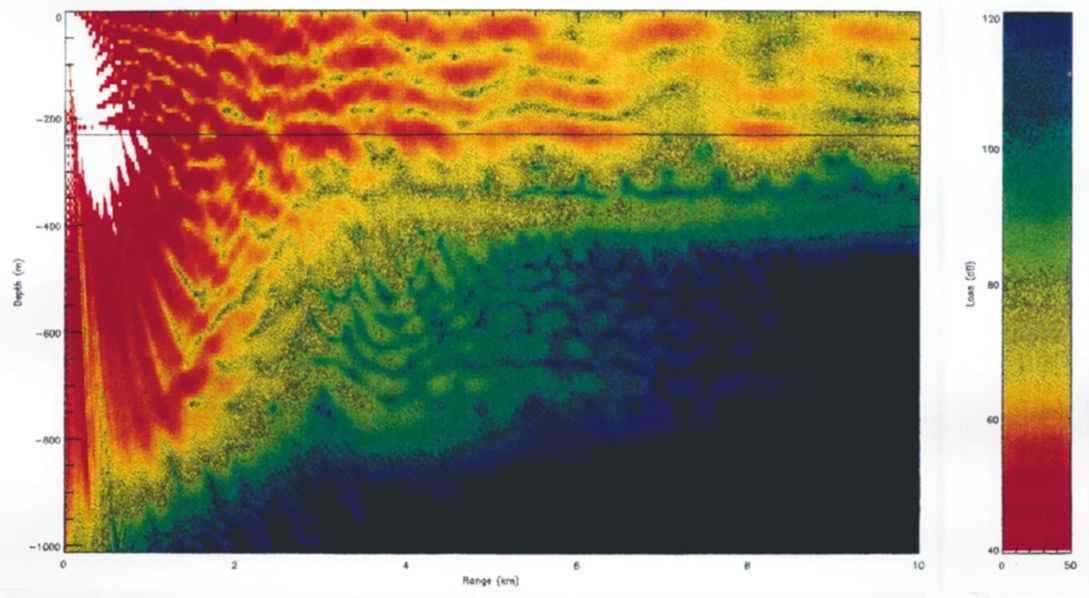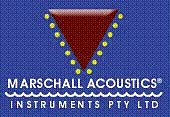Advanced Acoustic Propagation Models Enhance Seismic Survey Planning
Stress wave propagation through range and depth variant inhomogeneous media now economically possible
Formerly the exclusive domain of a few defence specialists in long range geoacoustic surveillance and sonar systems design, realistic geoacoustic wave propagationmodelling is now available to commercial users for seismic survey parameter selection, geologic modelling, and earthquake prediction.
Choose optimum sources, receivers, data acquisition, and processing for your seismic data in advance of your survey
If some of the geoacoustic characteristics of an area are known in advance of a seismic imaging survey, say from boreholes or other geologic indicators, then arepresentative model of the area can be constructed and the performance of various seismic surveying instruments, acquisition geometries, and processing for
imaging the target objectives can be evaluated.
The
Marschall Acoustics
Group of Australia is a leading commercial developer of wave propagation
models. Marschall Acoustics computer codes can model acoustic
and
vibrational wave propagation through media whose properties are variable
in both range and depth.
All elastic waves can be solved for:
P-waves, S-waves,
and
wave conversions including interface waves.
The
calculation of synthetic seismic traces is straightforward after computing
the complex transmission loss
functions
for a range of frequencies.
These
synthetic seismic traces can then be used to evaluate the necessary specifications
for imaging survey equipment and acquisition geometries, evaluate signal
processing
algorithms, and research geologic models of the area. Results from
forward modelling may also be used iteratively to derive inverse wave equation
model
("migration") parameters.
Many
of these same acoustic wave equation numerical methods can be employed
with some modifications to forward model electromagnetic
waves as well. These
electromagnetic
wave propagation models are used to predict Active
EM system survey performance and plan Active
EM subsurface imaging surveys. They also
find
use in communications system design, antenna design, and radar system evaluation.

The above is a cross section of computed
transmission loss amplitude as a function of depth and range for a 50 Hz acoustic source
in 230 m deep water above 770 m of geology. White and red contours
represent the greatest intensities, blue and black the least. Note
the vertical scale represents 1 km in depth while the horizontal distance
scale is 10 km. Black line indicates sea bottom interface.
This particular example used a parabolic equation approximation (PE) solver
which is most cost effective for problems with radial symmetry. Marschall
Acoustics Instruments Pty. Ltd. is also licensed to use the full three
dimensional Iterative Dual Domain Method (IDDM)
which is of order n log(n) by Marschall
Acoustics Pty. Ltd.
